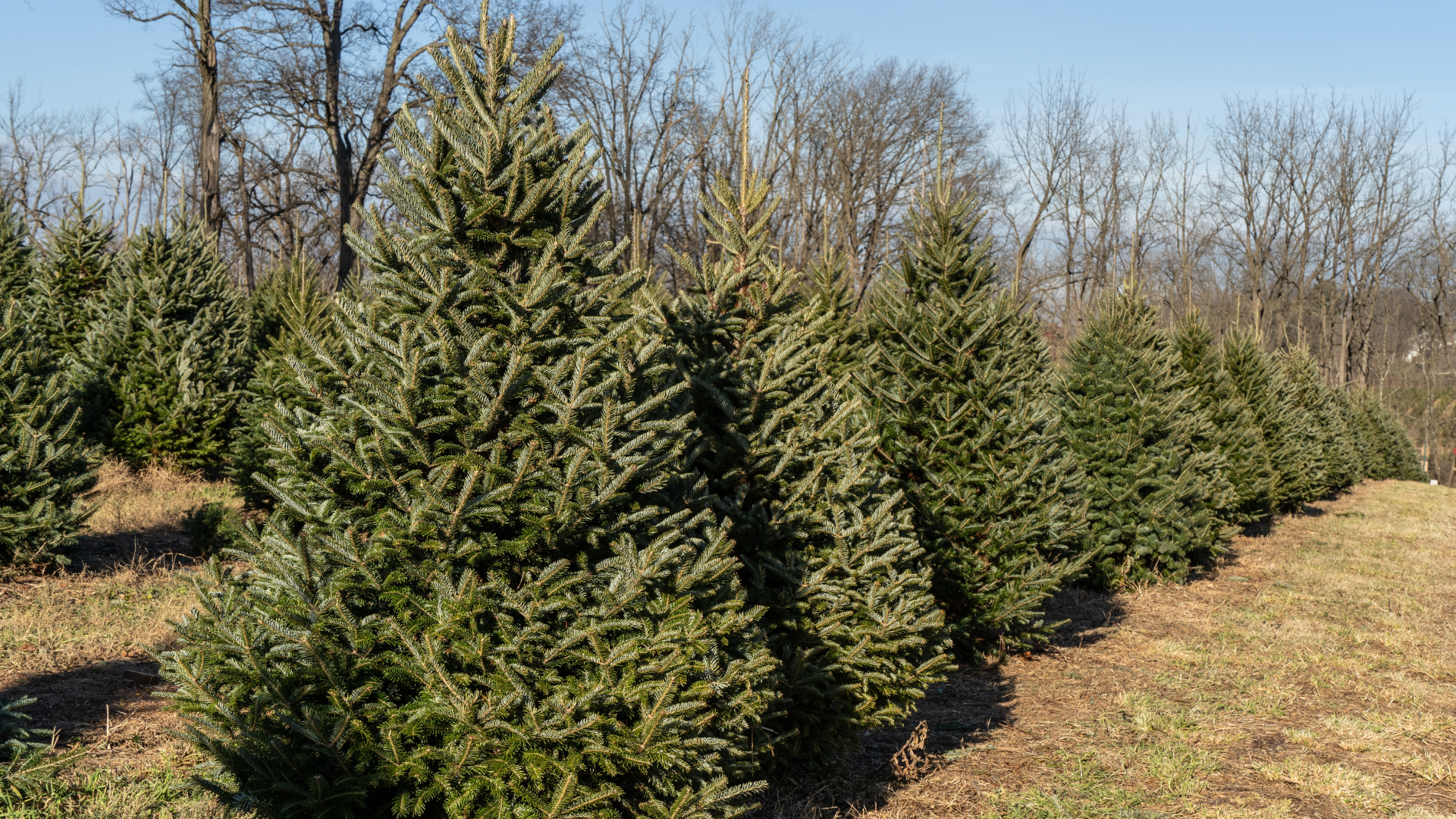There is debate about which type of Christmas tree, real or fake, is more sustainable. If you were asked this on the street, with no prep, you most likely would say real trees. Environmentalists stick with real trees; some researchers say fake trees are more sustainable. It may not seem like much of a debate, but maybe it’s not. Both sides bring up interesting points. Let’s dig a little deeper.
Sustainable Christmas Trees

According to an NPR report, Tim O’Connor, the National Christmas Tree Association executive director, believes there is no debate. “I think it’s just a no-brainer that real Christmas trees are far superior for the environment,” he said. Let’s just start with a product of nature versus a product that’s made from oil.”
O’Connor’s organization represents tree farmers, and its stance on the topic is clear. Let’s look at the latest study on the topic, published in 2018. The U.S. analysis measured the environmental impact of real and fake trees from production to disposal. However, it’s important to note that the study was done by the American Christmas Tree Association, which represents the artificial tree industry.
The analysis considered things like the netting around real trees, the water used to keep them fresh versus the plastic wrapping and packaging on fake Christmas tree boxes, and transportation from Chinese manufacturers. Surprisingly, artificial trees came out on top. The study found fakes are more favorable if used for over five years.
Distance was a major variable in the study. For example, the distance to a big-box store or a tree farm could sway things. The study says that transportation accounts for around 15% of the total global warming potential for artificial Christmas trees and 10% to 12% for real ones.
“Neither a farm-grown tree or a faux tree has a superlarge environmental impact compared to some daily activities like commuting a long way in a gas-powered car,” said Mac Harman, the CEO of Balsam Hill, which makes high-end fake trees and offers an eco-friendly line of trees made from recycled plastics and plant-based plastic. “One long commute could be about the impact of having a Christmas tree for a year.”
What do Environmentalists Say?
Several environmentalist groups entered the discussion, considering real trees the “winner.”
“For me, it’s not just carbon,” said Darby Hoover of the Natural Resources Defense Council. “One of the things about the artificial trees is that they’re made of plastic almost entirely. And the by-far-most-common polymer used to make artificial trees is PVC, polyvinyl chloride, which is a particularly toxic form of plastic that’s toxic in production, use and disposal.”
Much of the discussion revolves around the end of a tree’s life cycle, whether real or artificial. If a real Christmas tree ends up in a landfill but doesn’t break down, it still stores all the carbon it absorbed while alive. If it’s mulched, it can be reused. However, most artificial trees are not recyclable.
So, what will it be? Real Christmas tree? Or an artificial Christmas tree?







